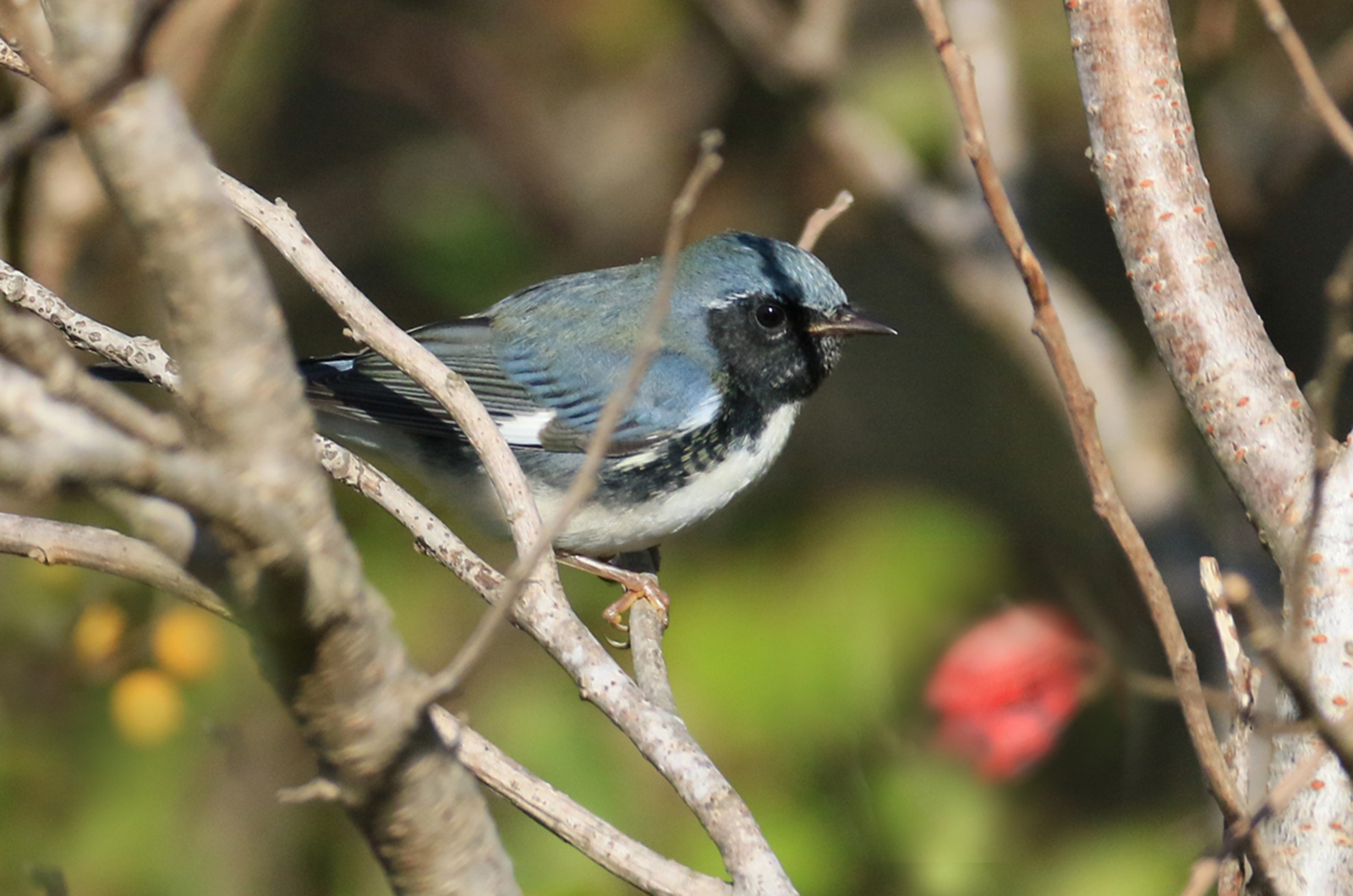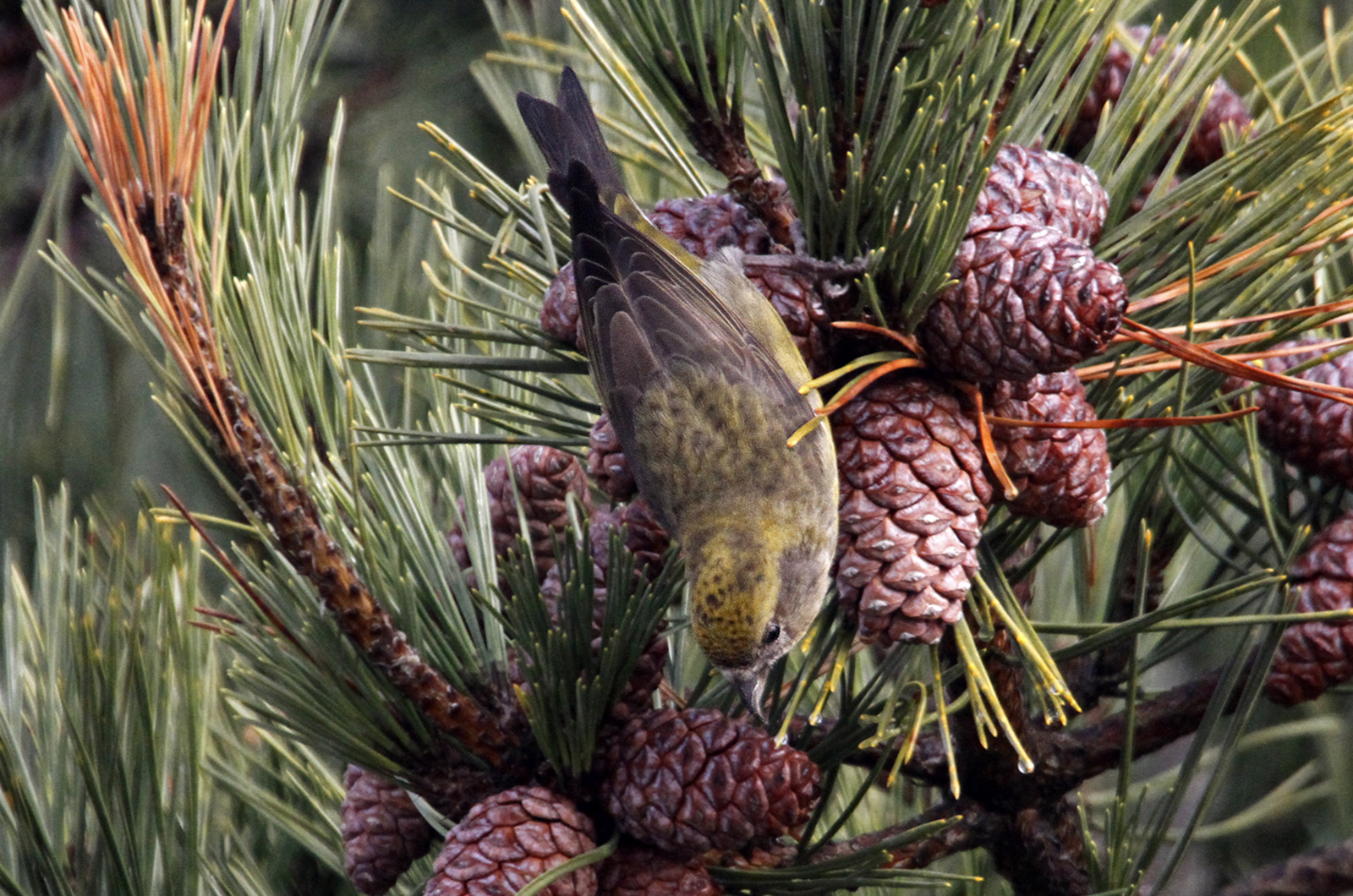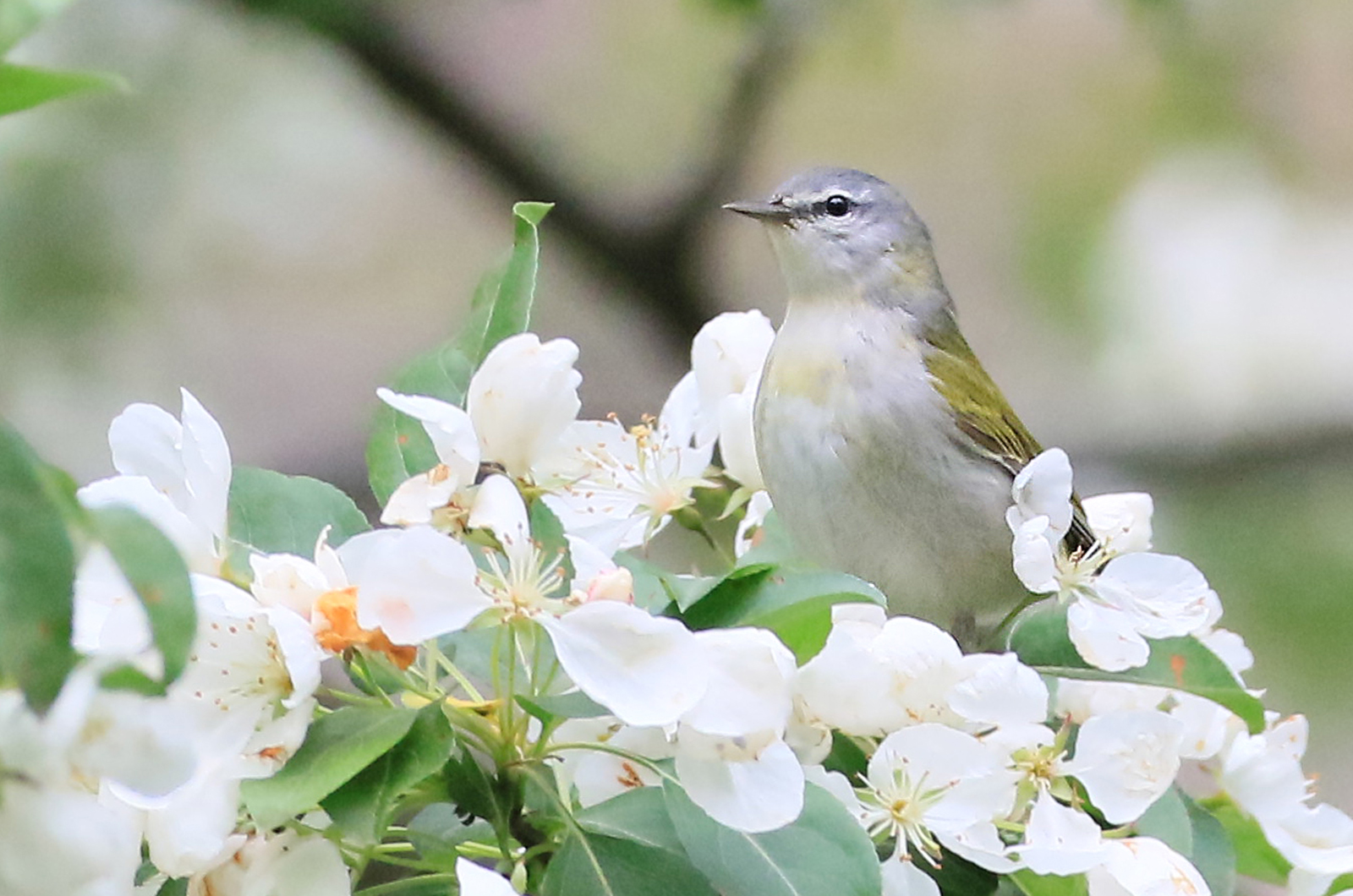The 64th annual Christmas Bird Count was held on Dec. 31, 2023. We found slightly more than 30,000 individuals of 126 species! These are preliminary numbers that will change, as most feeder counts are not yet tallied and we still need to correct for birders in adjacent territories counting the same birds.
We have not found 126 species since 2007, during which 130 species were counted. We have not counted 30,000 individuals since 2009 when we counted 32,117 birds. In the past 10 years we have averaged slightly under 17,700 individuals and 119 species.
We had better weather this year compared to my recollection of recent rainy or foggy counts, both of which reduce our totals for that day. Temperatures ranged from 30 to the low 40s and a northeast breeze was less than 10 miles per hour. It could have been even better if the forecast of partly-sunny weather had come true.
Many of the field birders gathered — by Zoom or in person — at the Wakeman Center after a long day in the field. Thanks to chef David Faber, a delicious lasagna dinner was enjoyed by all and then we reviewed the tally of our day’s work. “Ooohs” and “aahhs” were voiced for good sightings and “oh no” was voiced for the missed species.
We have results for all of the 63 previous counts, which enables us to study how populations of birds are changing. Some important terms: count day is the 24-hour-period when we go out to count the birds we find, and we look at two different parameters — how many times a species was seen over a certain number of years, and how many individuals have been seen on each count. I used these statistics in this column.
As is expected when we have more than 50 people intensely scouring the Island, we had some unexpected sightings. We saw two species of warblers that had never been seen before on count day, so we now have seen 227 species since 1960.
The most unusual sighting is the Tennessee warbler, which was spotted by the Aquinnah field team near the Gay Head Lighthouse. This somewhat non-descript warbler is a totally new species for the count and is supposed to spend winters in the Caribbean and southern Mexico.
A male black-throated blue warbler — anything but non-descript — has a similar winter range and is a new species for count day. One was seen during count week in 1981 but never on any count day. Lynn Buckmaster Irwin saw this warbler at her suet feeder on count day and immediately sent a picture of it to Luanne Johnson for identification; it hung around her Christiantown feeder all day and several birders got to see it.
The Quansoo team spotted a lesser yellowlegs standing alongside the more-expected greater yellowlegs, making the identification much easier. The lesser has been seen twice, once on count day in 1969 and again during count week in 2017. The greater yellowlegs is becoming more abundant, having been seen 14 times on counts and on five of the eight most-recent counts.
A short-eared owl has been seen on 32 precious counts but was last seen on the 2013 count. It was spotted on 15 of the first 19 counts, so it is much less common now than it was in the 1960s and 1970s.
Red crossbills have been seen on only 10 counts, and seven of these occurrences were before 1980. It is much less common now than it used to be. The mainland Chappaquiddick team saw two of them feeding on pine cones near Chappaquiddick Point.
Seven species established new highs for the count this year. There were 278 ruddy ducks seen this year; the previous high was 237 in 2014. Great egret numbers doubled from two in 2015 to four seen this year. Black-crowned night herons increased from 35 in 2021 and 2022 to 66 this year. Eleven Virginia rails were seen this year while four were seen four times, in 1993, 1995, 1998 and 1999.
Twelve greater yellowlegs were seen last year and 16 were found this year. In 2008 560 razorbills were found while 693 were counted this year. And eastern phoebes increased from five in 2006 to eight this year. The phoebe is the only land bird to establish a new high count.
Of course we did not see some species that had been seen in mid- to late December: northern shoveler, redhead, American coot, ash-throated flycatcher, northern shrike, red-breasted nuthatch, northern shrike observed the day before the count, yellow-breasted chat and western tanager.
After reviewing my Long Point team’s results, I was startled to discover that we did not find any white-breasted nuthatches. At the tally I noticed that the Edgartown team did not see any and Squibnocket only found one. This is odd since it is a common woodlands species. Earlier this fall Susan Whiting was wondering if they were less common this year.
But the best thing to conclude about the count and tally was that it was fun! You never know what you will see around the next corner, and a good time was shared among all the participants. It is also a good time to refresh — or establish — your knowledge about identifying birds.
Finally, compiler Luanne Johnson and her BiodiversityWorks team deserve a huge shout-out for organizing the count and the tally at the end of the day. As a former compiler I can tell you that it is not an easy task. And she is not done, as feeder counts need to be compiled and all the team data needs to be vetted. Our final results will be published at a later date.
Please email your sightings to birds@vineyardgazette.com.
Robert Culbert is an ecological consultant with Nature Watch LLC living in Vineyard Haven.








Comments
Comment policy »